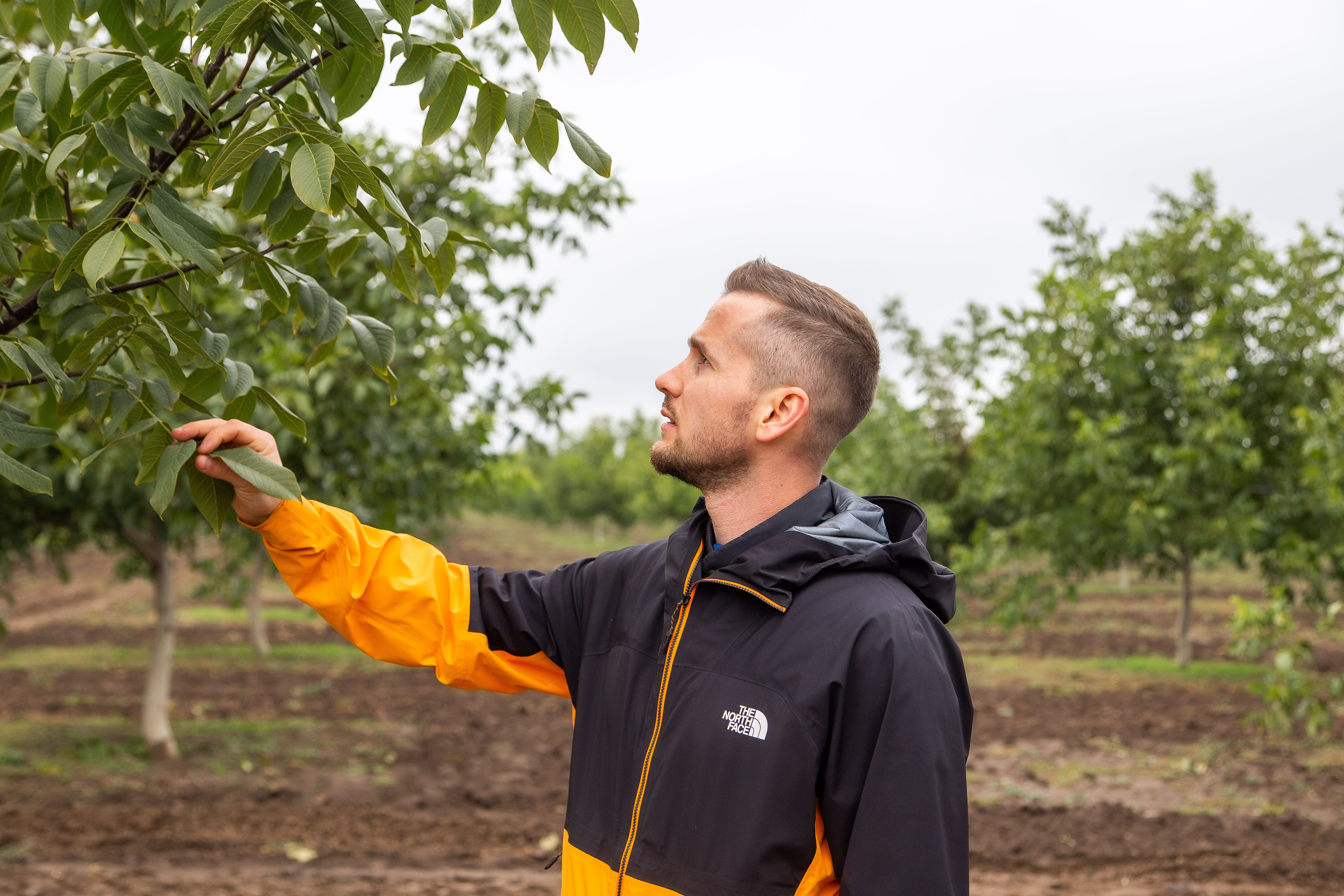1. When do walnuts ripen, and when should you harvest them?
Walnuts typically ripen in autumn, from September to October, depending on the variety and climate conditions. When the green hull of the walnut starts to crack slightly, it indicates ripeness. Harvest walnuts when they can be easily removed from the tree by hand without much effort, and the green skin has cracked and separates easily from the walnut, or when the walnuts naturally fall from the tree.
2. What are the signs of walnut ripeness?
To determine walnut ripeness, look for these signs:
Green hull: When the walnut ripens, its green hull cracks and gradually changes to a brown shade.
Leaves: The walnut is considered ripe when the tree's leaves start to turn yellow.
Shell and partitions: In a mature walnut, the shell, and partitions are fully formed, solid, and have a brown color.
3. Why are walnuts harvested when green and not left until they fall to the ground?
Ripe walnuts are harvested as quickly as possible before the green hull starts to darken. In commercial orchards, walnuts are harvested row by row, moving from tree to tree. This harvesting process takes 2 to 10 days, depending on the orchard size, yield, and level of automation. Allowing walnuts to fall naturally in orchards is not economically viable for several reasons:
1. This requires many workers who will work every day and who need to be paid a salary for a whole month of harvesting.
2. It becomes challenging to monitor the walnuts on the ground, leading to quality loss due to untimely collection.
3. It is difficult to follow the rules for washing and drying walnuts, and it is especially difficult to monitor the quality of drying.
4. It complicates the formation of walnut batches, which can delay deliveries.
3. Why is it necessary to peel walnuts from the green skin?
The green hull contains chemical compounds such as iodine, juglone, and tannins, which can leave stains on the walnut shell and penetrate inside, causing discoloration of the kernel.
4. How to wash walnuts?
The walnut is peeled from the green skin and washed in water to wash away the iodine, juglone, and tannins. This can be done manually at home, using a knife and gloves. For large volumes, walnut cleaners and industrial washers are used in orchards.
5. How quickly should walnuts be washed after harvesting?
After harvesting, it is best to wash walnuts as soon as possible, ideally within 24 hours, depending on how dark the green skin has become.
6. How quickly should walnuts be dried after harvesting and washing?
It is essential to begin the drying process within 10 hours after harvesting, peeling, and washing.
7. How long and how to dry walnuts?
Manual drying: Spread the walnuts in a single layer on a surface where there is good air circulation and no direct sunlight. Stir the nuts from time to time. Depending on the initial moisture of the walnut, air temperature, and humidity in the environment, drying can take 7 to 12 days.
Automated industrial drying: Load the walnuts into a dryer, adjusting the temperature and drying time depending on the initial moisture. The drying process takes 24 to 72 hours.
